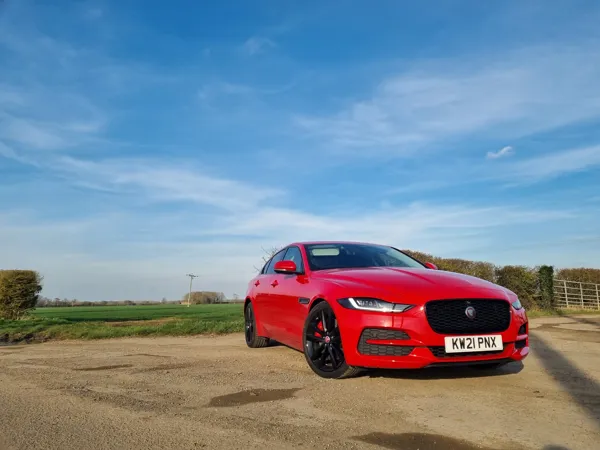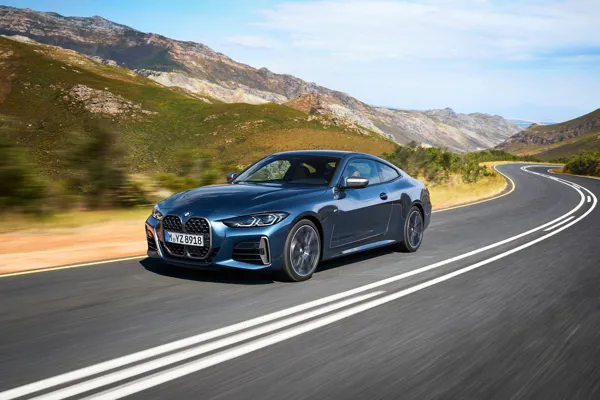Review
Estate cars have been usurped by SUVs for many perk car drivers. However, they remain important as job-need cars and that’s enough for Ford to continue bringing estate models to market.
Launched earlier this year in hatchback form, the Focus is now available in estate form, with a £1,100 premium in ST-Line trim, as tested here.
Focus product manager David Calder told Fleet News: “Of the Focuses sold, 10-11% are in estate form, and a high percentage of those are in the fleet market.
“The residual values we’ve seen already on the estate are very encouraging, and we think it will hold up well in the market. I think it’s the most attractive estate we’ve ever made.”
It’s certainly a good looking car that bears its extra length well. The boot space is cavernous in comparison to the standard hatch and larger than that of a Golf estate.
The Focus trim selection has shifted upmarket, with ST-Line and Titanium now, effectively, becoming the mid-range variants, distinguished by comfort (16-inch wheels in the case of the Titanium) and sportiness (with larger, charcoal 17-inch alloys and sports suspension on the ST-Line).
Style and Zetec sit below, with Vignale now added as the range topper. The Active, high-riding, plastic-clad edition, will follow next year – giving drivers more choice.
The interior quality is the same as the hatch – a significant improvement on the last generation, though the closer to the carpet you get, the more ‘functional’ the plastics become – good quality it most definitely is, but that does not necessarily equate to premium.
Standard specification on ST-Line includes a 6.5-inch touchscreen with Apple CarPlay. Built in satellite navigation is £350 extra (with an eight-inch screen upgrade).
Safety technology includes lane-keep assist, pre-collision assist and pedestrian detection. Adaptive cruise control and traffic sign detection come as part of a £500 option pack.
In terms of seating, the standard ST-Line seats are adequate, though Calder tells us fleets have been ordering vehicles based on the strength of the adjustable ‘comfort seat’, a £300 option that allows 18-way adjustment
The 1.5-litre 120PS diesel we drove at the launch event, paired with a six-speed manual, will likely be the strongest seller – it is capable and comfortable, if a little noisy. CO2 emissions sit at 97g/km, with combined fuel economy of 76.3mpg.
Ford has also introduced a new 2.0-litre diesel, available across the top end of the range. With 150PS on offer, this engine is smooth, refined and quiet when paired with a new eight-speed auto.
With emissions of 121g/km, it’s not as economical or BIK efficient – but has user-chooser appeal.
Whatever the engine, the Focus estate doesn’t lose any of the driving ability of its hatchback sister. Our test route included plenty of motorway – perhaps its natural home. The Estate proved handling, steering and driver engagement are as good as you’d expect from the Focus nameplate.
Author:
Christopher Smith
Specs
| Manufacturer | Ford |
| Model | Focus |
| Specification | Focus Estate 1.5 EcoBlue 120 DPF SS €6 ST-Line 6Spd 19.25MY |
| Model Year | 0.00 |
| Annual VED (Road tax) | £0 |
| BIK List Price | £23,750 |
| CO2 | 97g/km |
| BIK Percentage | 27% |
| Insurance Group | N/A |
| CC | N/A |
| Fuel Type | Diesel |
| Vehicle Type | Estate car |
| Luggage capacity (Seats up) | 5litres |
Running Costs
| P11D | £23,750 |
| Insurance group | N/A |
| Fuel Type | Diesel |
| Cost per mile | 71.19ppm |
| Fuel | 8.15ppm |
| Depreciation | 60.88ppm |
| Service maintenance and repair | 2.16ppm |
Rivals
Info at a glance
-
P11D Price
£23,750
-
MPG
58.9 (WLTP) -
CO2 Emissions
97g/km -
BIK %
27% -
Running cost
3 Year 60k : N/A 4 Year 80k : N/A -
Fuel Type
Diesel





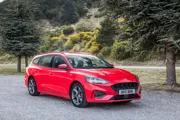


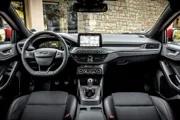
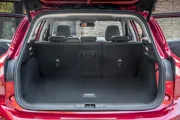

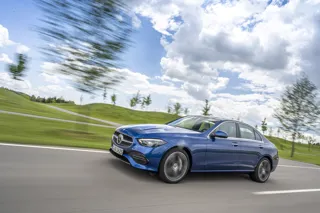
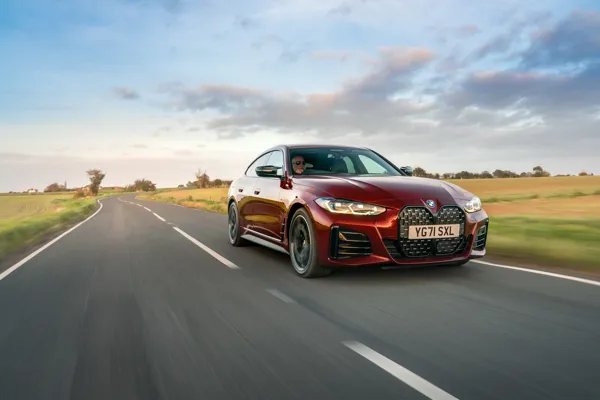
 Diesel
Diesel

